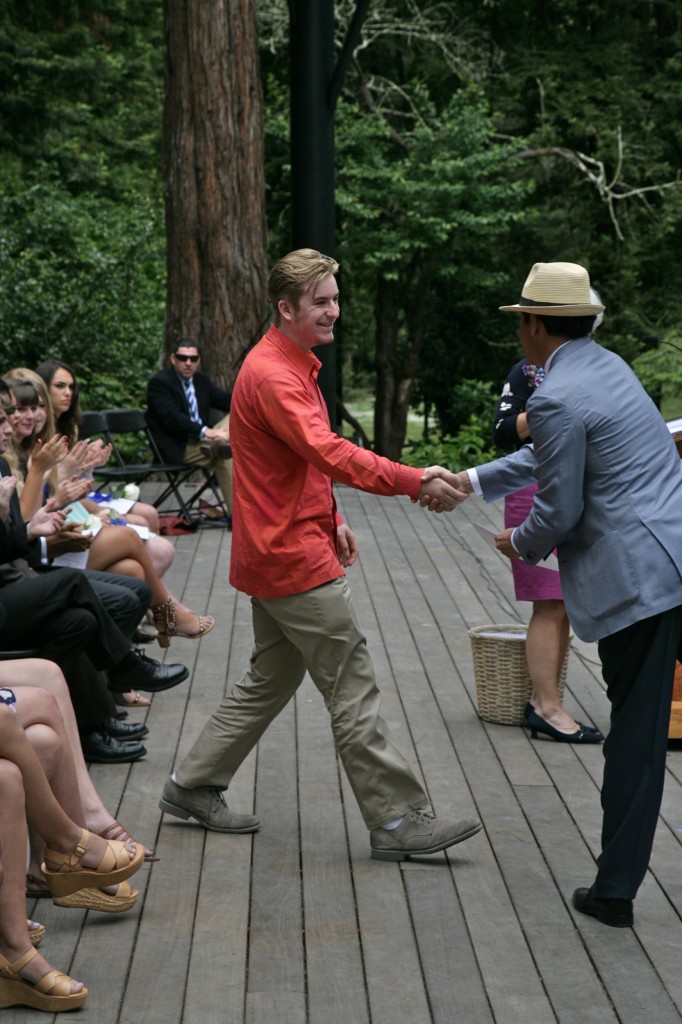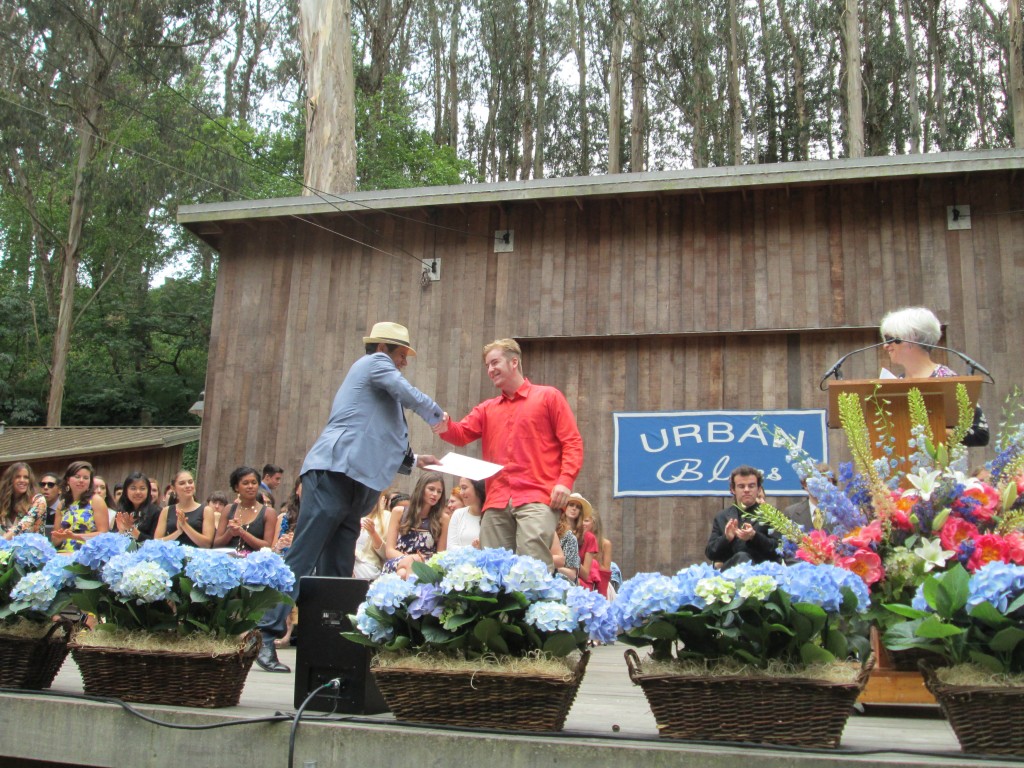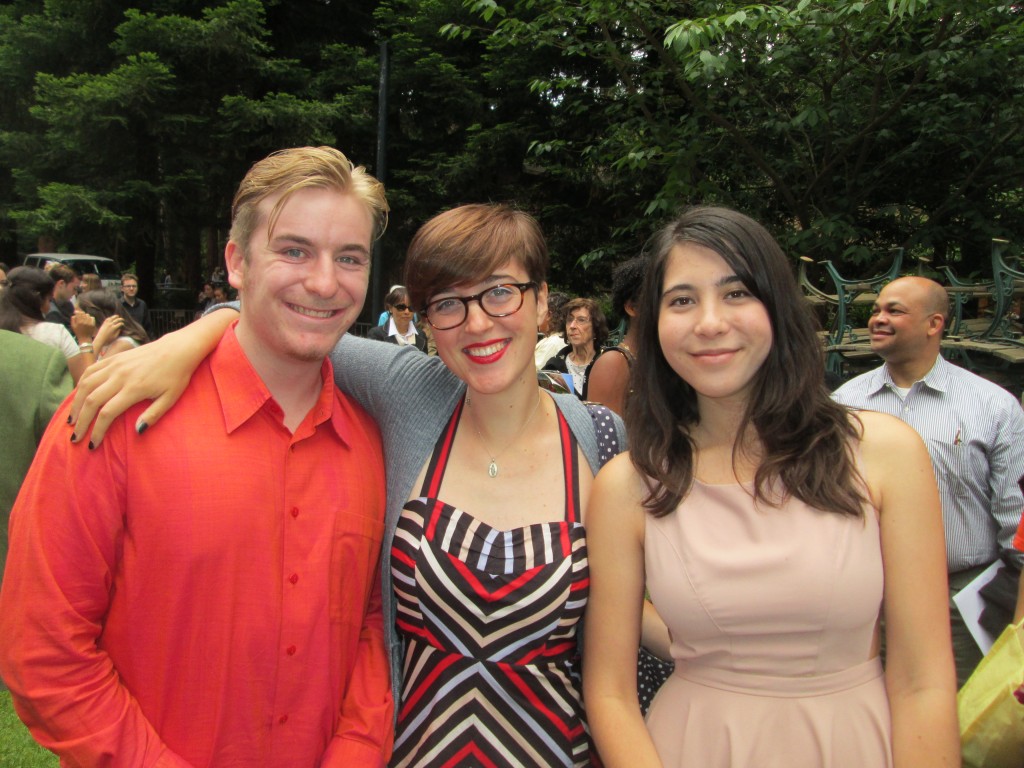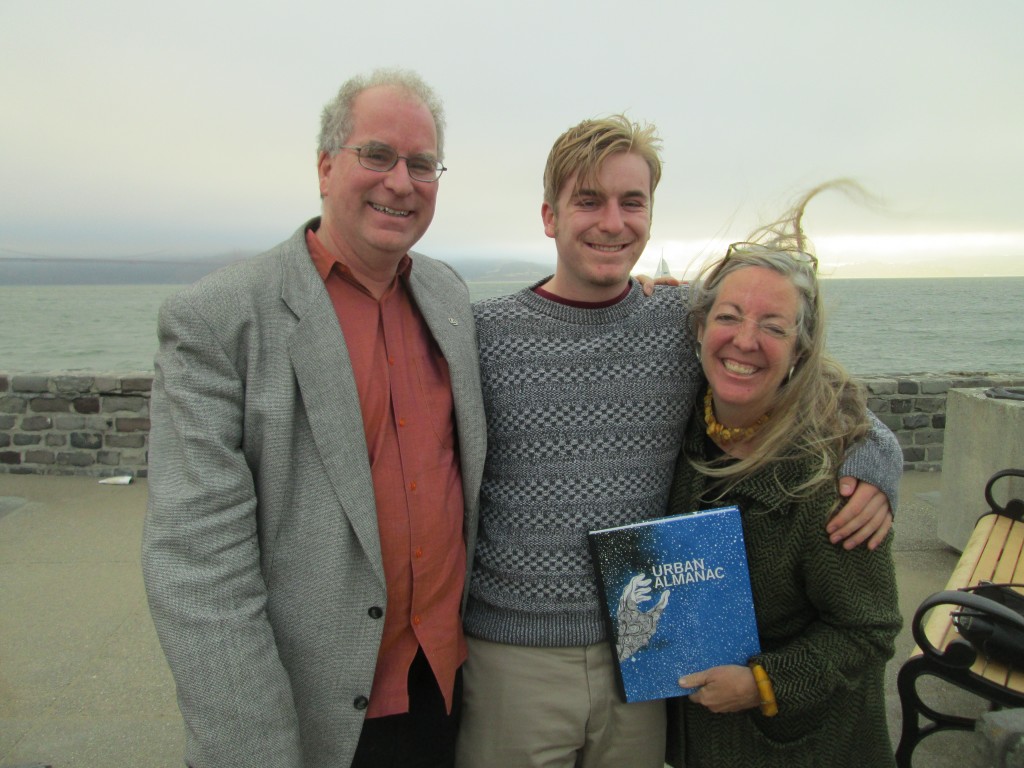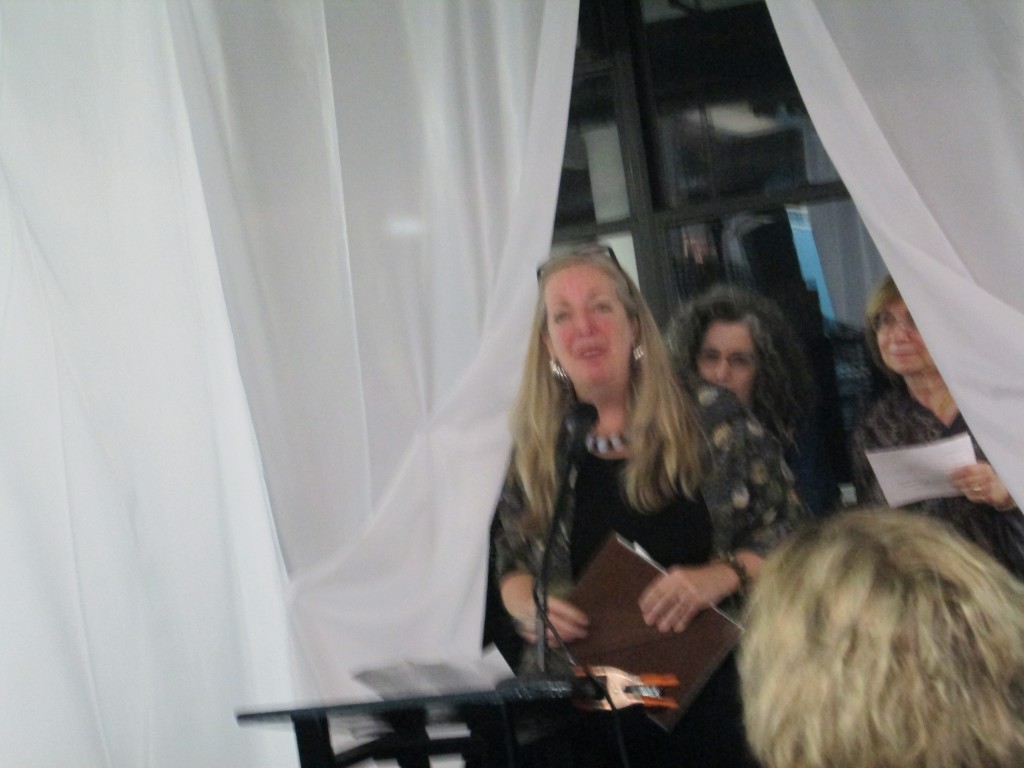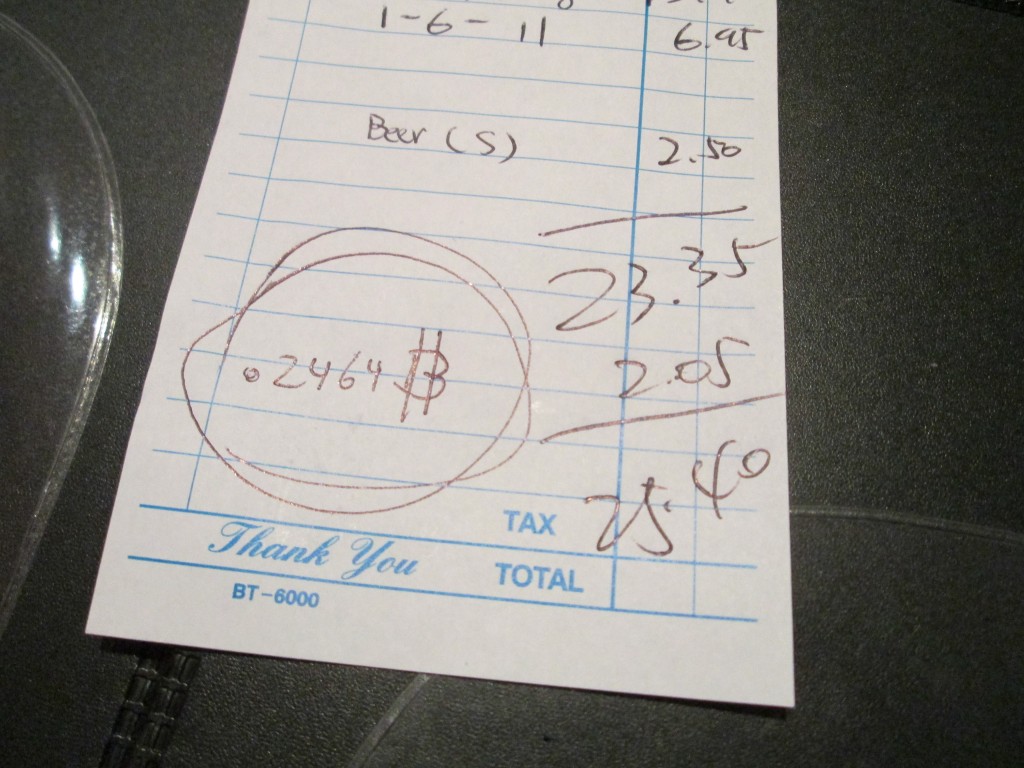Some have criticized the Foundation Housing for non-profit workers idea because of the consequences of offering lower-cost-than-market based housing. This is a real problem that must be considered as we try to help non-profit workers continue a career of service in the midst of unstable and high rents as well as the cyclical funding structures of non-profits. Some larger non-profits have housing such as some universities, hospitals, and religious institutions, but smaller non-profits rarely have these stabilizing benefits. So there are problems, but are they balanced with the other priorities?
An interesting story– a former boss of mine said that when he worked at a large computer company they used to decide, in extreme circumstances, to trap certain employees. He emphasized that they did not like to do it because it was at least unfair. What they would do is overpay them. He said that by overpaying them, they had a difficulty leaving the company because people tend to spend what they make and they come to believe they are worth it. Taking a step down in income is hard, so they are trapped.
The opposite direction also has issues– When I helped buy a group house in the Boston area we wanted to make sure the fees people would pay would not drop so low that they could not afford to move to somewhere else. We thought this was a laudable goal, but the decades have gone by and the underlying cost of the house has dropped as the mortgage is paid off. Now we have a question: is if fair to profit? And who exactly should profit in such a circumstance?
I have heard tales of a $300/month Manhattan rent-controlled apartments that get passed on to a new tenant for substantial “key money” to get around the intent of the law. This does not seem to be a good outcome. There are other tales of landlords holding units off the market because of rent-control.
Non-profits have a special problem that I stumbled into during the “Great Recession of 2008” when the stock market went down bringind down the financial endowments in foundations with it. This lead to the foundations slowing or stopped making new grants because they give out a fixed % of their endowment, and they often have 3 year grants, so if their endowment drops 33% would mean they have no money to make new grant that year. If you recall government services and employment shrank as well because their tax income dropped. This was exactly the time you needed the charity service sector to grow, but it shrank. Based on the business cycle, we would like a charity system that is counter-cyclical, but at least a-cyclical.
The current system of rent-control favors those that have not moved for decades with lower rents, which makes those people, who are often older, to be able to work for non-profit, which do not have the financial cash-out opportunities that can come from for-profits. This bias against younger people does not seem fair, so finding a different way to allocate lower rents might be a counter balance to this force.
So is tweaking “the market” wrong to do? Some say so, but at least we know many larger organizations and governments have worked to keep some sets of people’s housing costs stable and low, so at least there are age-old precedents. This then opens the question– is there a way to package this for smaller non-profits such that it is a net benefit.
The low-cost housing being created in Foundation Housing could have some downsides for some, but the stable and lower-cost housing could be seen by some people as a benefit. Maybe we should let the employees and non-profits decide and call it an experiment. If we can make an understandable system of low-cost housing for those that dedicate themselves to service, I hope we can leverage the positive consequences of avoiding market pressures more than the negative ones.


